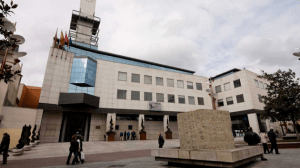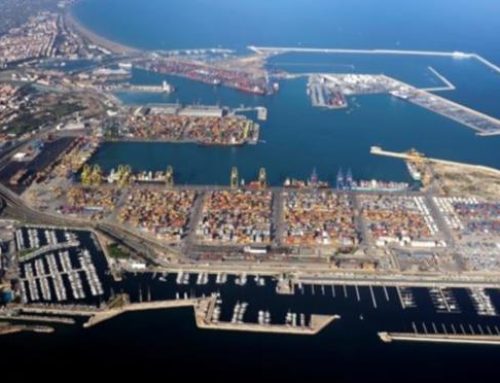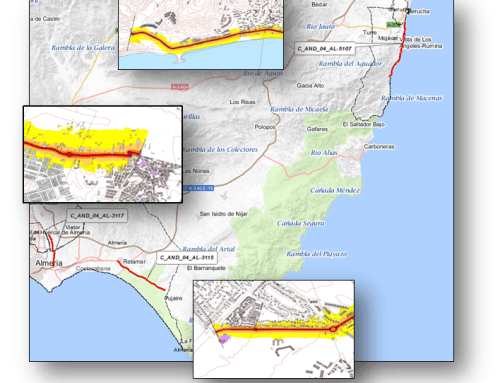The purpose of a Strategic Noise Map is to evaluate the exposure to noise pollution in a given area, so that predictions can be made and, based on them, Action Plans can be adopted to reduce the impact of noise and improve the quality of life of citizens.
The noise study will cover the entire municipality and will include data from measurements taken “both in urban developments and housing as well as in infrastructures, industrial areas, road and rail traffic”. The corresponding revisions were carried out in different years.
dnota medio ambiente, S.L. has been awarded the 3rd Revision of the map.
To do so, dnota will have to study and certify the degree of exposure of the population in the study area to the environmental noise produced by the different existing noise sources contemplated by the regulations (road traffic, railway and industrial traffic), and obtain the indices of population affected by noise (number of people affected in a specific area, as well as the number of dwellings exposed to certain values of a noise index/indicator in a given area) with unified European criteria, through the application of assessment methods recommended by Directive 2002/49/EC of the European Parliament and of the Council of 25 June 2002 on the further assessment of noise pollution:
- To serve as technical support for new buildings to be developed in the study area: building distance, need for acoustic insulation in facades, etc.
- To have the necessary tools to predict the variation in sound levels that a specific action would entail in a given area.
- To comply with the minimum requirements defined in Directive 2002/49/EC of the European Parliament and of the Council, of June 25, on the evaluation and management of environmental noise, Law 37 /2003, of November 17, 2003, on Noise and Royal Decree 1513/2005, of December 16, 2005, which develops Law 37 /2003, of November 17, 2003, on Noise, with regard to the evaluation and management of environmental noise.




